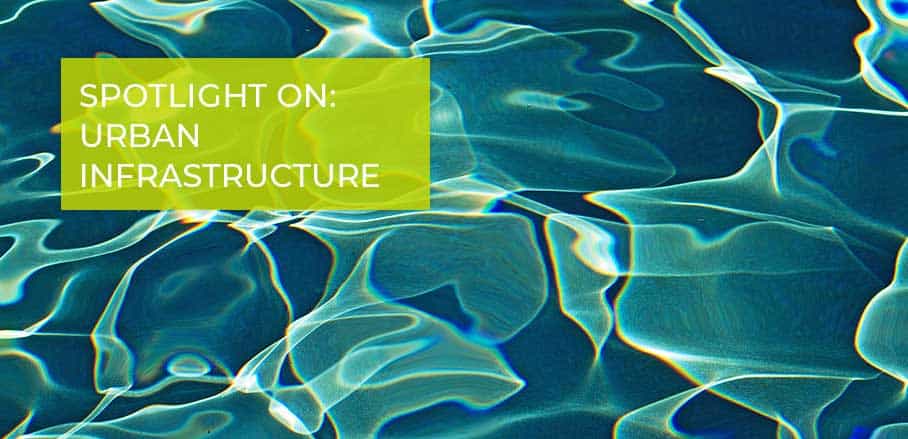What Hides Behind the Concept of Digital Water?
How can digitalisation of urban services increase sustainable urbanisation? What different approaches and innovations already exist and have proven successful? Kala Vairavamoorthy, director of the International Water Association addresses these questions.
Today, cities all over the world are facing a range of dynamic regional and global pressures, such as climate change, population growth, urbanisation, deterioration of urban infrastructure systems, and more. Due to these pressures, cities of the future will experience difficulties in efficiently managing scarcer and less reliable water resources. The water industry, and in particular urban water utilities, need to adapt in order to respond to these challenges. Digital technologies can be transformational in positioning the water sector and its customers for increased resilience.
Transformative Technologies
A whole range of emerging technologies have the potential to truly reshape the water sector. The Internet of Things (IoT), automation of knowledge work, and cloud-based technology solutions are among them. So are advanced robotics, autonomous vehicles, and 3D printing. The list goes on. Connected utility assets help unlock the seamless integration of information and operational technology (IT/OT), creating “silent running” systems – innovations that improve water extraction through smart pumps, or treatment through real-time performance monitoring. At the same time, more connected workforce using “smart” wear can reap the benefits of augmented reality and digital image recognition. Real impact in engagement and efficiency will come through interaction of big data, clear analytics, smart devices and user-friendly applications.
These technologies will enable each utility to seamlessly connect throughout its value chain. This extends from ‘upstream’ supply (basins, aquifers, potable reuse, desalination, or moisture capture) to ‘downstream’ utility operations and customers. For example, earth observations, which include satellite, airborne, land and marine-based data, as well as model outputs, can provide early warning for water-related hazards such as droughts and flash floods. Forecasting of both water quality and flows can be used to give sufficient warning for water supply companies to optimise production (while also reducing costs).
The Promise for Emerging Economies
The opportunity for such digital water technologies is especially promising for water professionals in emerging economies. The cost of centralised water and wastewater systems in rapidly expanding cities can be prohibitive. As a result of new technologies, emerging economies can develop and manage off grid and localised water systems from scratch, much as the competitive mobile (and now smart) phone access allowed billions of isolated individuals to “leapfrog” the old world of monopoly controlled fixed landlines. Dynamic and data-driven (as opposed to mechanistic) models can help integrate and optimise smart pumps, valves, sensors and actuators; each device can “talk” to each other, or for that matter with customers’ smart devices, and send real-time information to be accessed and shared via the cloud.
Crowd Sourcing Information
Digital tools also create opportunities for increased awareness and engagement by consumers. If applied effectively it can support crowd sourcing of information from citizens to develop a more complete picture of their water systems from source to tap and back to the source. There are also cutting-edge approaches such as block chain technology (which provides a way to decentralise and track information securely) that are being explored as a way to provide a transparent, sustainable approach to trading water rights.
Sector Collaboration
The engagement and commitment of incumbents, start-ups, and entrants from other sectors is needed for the success of digital water technology adoption. Water professionals often lack information technology skill sets and the perspective to appreciate what is possible, while technology entrepreneurs may not understand the nuances of complex water systems affected by multiple factors. Collaboration between sectors will mean more effective application of new technologies for better management within and beyond our cities, which is the ultimate goal.
It is with all these opportunities in mind, IWA has launched its Digital Water Programme. This will help facilitate the journey of the water industry towards the update of digital technologies and their integration into water services. The programme is a gateway for water utilities to access knowledge on the application of digital approaches to improve their capacity and performance. Furthermore, by sharing experience on the drivers and pathways to digital transformation in the water industry, the programme is consolidating lessons and guidance for water utilities to start or continue to build their journey towards digitalisation.
- What Hides Behind the Concept of Digital Water? - 19. March 2019
